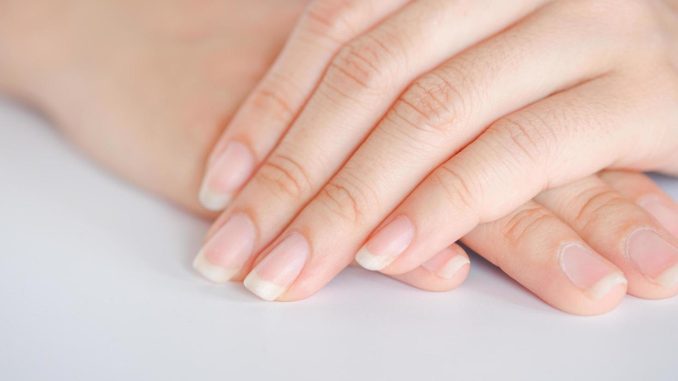
Your fingernails may seem like a minor part of your body, but they can provide valuable insights into your overall health. Changes in the appearance, texture, or color of your nails can be indicative of underlying medical conditions, organ failure, inflammation, or other health issues. In this article, we’ll explore what your fingernails might be warning you about and why it’s crucial to pay attention to these subtle signs.
1. Pale or White Nails:
If your nails appear unusually pale or white, it can be a sign of anemia or a nutritional deficiency, particularly in iron or protein. Anemia occurs when you have a lower-than-normal red blood cell count, affecting the oxygen-carrying capacity of your blood.
2. Yellow or Yellowish-Brown Nails:
Yellow nails can be associated with a fungal infection, but they can also indicate more severe conditions like psoriasis, diabetes, or respiratory diseases. Smokers are also more likely to have yellowed nails due to nicotine staining.
3. Blue or Purple Nails:
Nails that appear bluish or purple can indicate poor circulation, potentially due to heart or lung problems. In some cases, it may be a sign of low oxygen levels in the blood.
4. Brittle or Cracked Nails:
Brittle or cracked nails can result from exposure to harsh chemicals, excessive handwashing, or the use of acetone-based nail polish removers. However, persistent brittle nails may also be linked to thyroid disorders or fungal infections.
5. Spoon-Shaped Nails (Koilonychia):
Koilonychia is a condition where the nails become abnormally thin and concave, resembling a spoon. It can be a sign of iron deficiency anemia or hemochromatosis, a condition where the body absorbs too much iron.
6. White Spots or Lines:
Small white spots or lines on the nails are typically harmless and may result from minor injuries or trauma to the nail matrix. However, if they persist or increase in number, they could indicate underlying health issues.
7. Dark Lines or Streaks:
Dark lines or streaks on the nails, especially if they appear suddenly, may be a cause for concern. They can indicate melanoma, a type of skin cancer that can occur under the nail.
8. Clubbed Nails:
Clubbed nails are characterized by the nails curving around the fingertips and can be a sign of various underlying conditions, including lung disease, heart disease, or inflammatory bowel disease.
9. Pitting:
Pitting is the presence of small dents or depressions on the nail surface. It is a common feature of psoriasis, an autoimmune skin condition that can affect the nails.
10. Red or Inflamed Nail Folds:
Redness or inflammation around the nail folds can be a sign of dermatitis, eczema, or infection. It may also be associated with systemic conditions like lupus.
11. Half-and-Half Nails (Lindsay’s Nails):
Half-and-half nails, where one portion of the nail is white, and the other is brown or pink, can be a sign of renal (kidney) disease, liver disease, or other systemic disorders.
12. Beau’s Lines:
Beau’s lines are horizontal depressions or ridges that run across the nails. They can develop due to various causes, including severe illness, trauma, or chemotherapy.
Conclusion:
Your fingernails are more than just a cosmetic feature; they can provide essential clues about your overall health. While not all nail changes indicate serious health issues, persistent or unusual alterations in your nails’ appearance should not be ignored. If you notice any concerning nail changes, it’s advisable to consult a healthcare professional for a thorough evaluation. Early detection of underlying health conditions can lead to timely interventions and better outcomes. So, pay attention to what your nails may be warning you about and prioritize your overall health and well-being.
Share this:
- Click to share on Facebook (Opens in new window)
- Click to share on Twitter (Opens in new window)
- Click to share on WhatsApp (Opens in new window)
- Click to share on Reddit (Opens in new window)
- Click to share on Telegram (Opens in new window)
- Click to share on Pinterest (Opens in new window)
- Click to share on LinkedIn (Opens in new window)